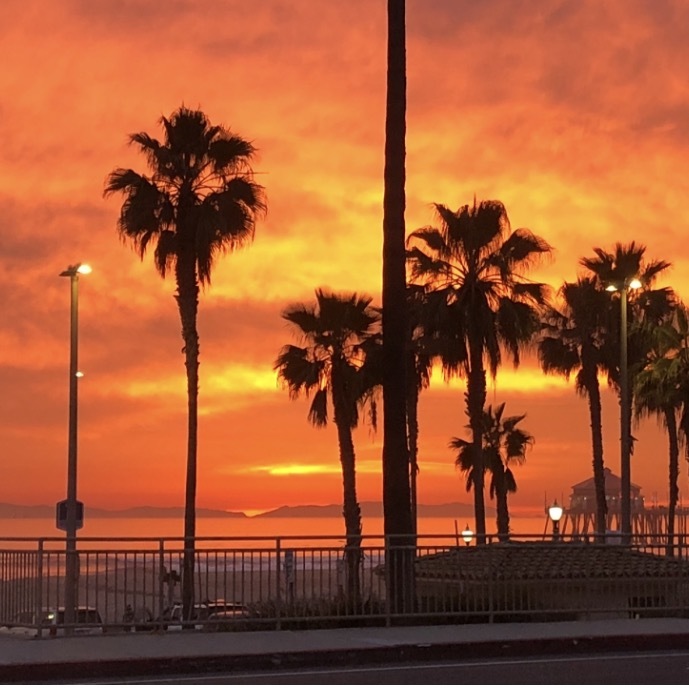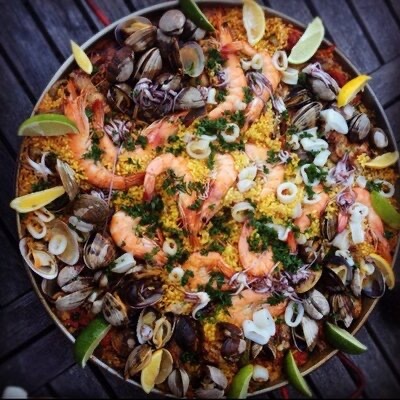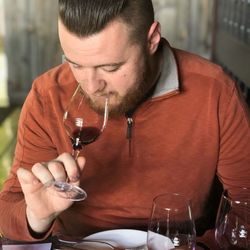Smith & Son Wine Co.
Johannes Zillinger
Revolution Weinviertel Chardonnay Blend
Day 1: beeswax, almost-burnt toast, Granny Smith apples, Parmesan tang and ginkgo that comes and goes on the nose. Acid on the nose. Spice on the front of the mouth, like cayenne, soft pears or red skinned soft fleshed apples, lemon juice minerals. Like a champagne without the bubbles. Not super long, but interesting.
It kind of tastes like one of those lemon cayenne cleansing drinks, but super refined.
Day 2: like a strange mix between the honeyed notes of a Chenin with the citric acidity of Chardonnay and Riesling. It calmed down a bit and became more electric, like putting it through a tube compressor.
50% Chardonnay partially fermented (carbonic) in amphora followed by co-fermentation with Scheurebe, and blended with Riesling from a solera of vintages 2013-2015 aged in used wood, unfined, unfiltered with no sulfur added. — 6 years ago
Jacques Selosse
Initial Brut Blanc de Blancs Grand Cru Champagne Chardonnay 2011
OK. I have a six pack of this which has the disgorgement date of my only child’s birthdate. So, so cool right? I’d planned to keep these for a while, but after tasting someone else’s bottle a few months ago which was brought through the US importer, Rare Wine Co, which showed very, surprisingly advanced, I thought to begin my kid’s birthDAY 6-pack early, so we didn’t miss the magic of this wine just in case. Wow, best Initial I’ve ever had and not at all advanced. Fresh, very long and textbook initial in every way. Glad to have checked in since this will@last many years and ill slow down on popping their corks. Will be a great wine for my son for many, 5 to be exact, birthdays to come. — 7 years ago
Enfield Wine Co.
Heron Lake Vineyard Chardonnay 2018
I literally gave up on domestic Chardonnay...but I love the flavor profile—Tart, juicy Granny Smith and ripe sweet pear. No discernible oak, light crisp acid/ fruit balance and ABV under 13. What a food wine! Every time I pop an Enfield, I congratulate myself on my perspicuity and good sense. It’s not hard to drink well, just ignore the big names and hype. — 5 years ago
Bedrock Wine Co.
Old Vine Zinfandel 2017

Smith & Son Wine Co.
Paso Robles Cabernet Sauvignon 2013
This 2013 was a very pleasant surprise. Very smooth, little to no tannins, and a caymus like taste. Wow, very very impressed… — 4 years ago
Bedrock Wine Co.
Chuy Moon Mountain District Sonoma County Chardonnay 2016
No butter-popcorn or sugared fruit-bomb here. Tart Granny Smith and slightly crunchy pear notes... touch of oak but no toasted brioche. The wine exhibits tight, acid-fruit weight and balance in the mouth. What strikes me most and keeps me interested is the serious weight and amazeball long and powerful finish. Call me crazy, but I prefer Bedrock’s whites/Rose to their vaunted reds! — 5 years ago
Pierre-Yves Colin-Morey
La Maltroie Chassagne-Montrachet 1er Cru Chardonnay 2012
Mother Mary of God! It’s a stunning example of why I adore White Burgundy.
The nose reveals; Meyer lemon, Granny Smith apples, pineapple, lime zest, stone fruit, under ripe green melon, beeswax, honeysuckle, touch of caramel, fruit blossoms, river stones, cream for days, gentle white spice, powdery limestone & brilliant, soft gentle chalkiness, steely minerals, some flintiness with jasmine, mixed greens, yellow lilies and spring flowers.
The body is full, rich, lush and waxy. It’s simply stunning as it glides over the palate. It just doesn’t get much better in White Burgundy unless you spend seriously more money. Meyer lemon, Granny Smith apples, pineapple, lime zest, stone fruit, under ripe green melon, kiwi, bruised Bosc pear, beeswax, honeysuckle, vanillin notes, touch of caramel, fruit blossoms, river stones, cream for days, butter, gentle white spice with soft, warm heat, herbaceous, powdery limestone & brilliant, soft gentle chalkiness, steely minerals, some flintiness with jasmine, mixed greens, yellow lilies and spring flowers. The phat, round acidity is like a warm, gentle rain shower. The rich, lush, ripe, polished, well balanced finish is delicious and persists several minutes.
Photos of, Chassagne Montrachet, the old vines of Domaine Pierre Yves Colin Morey, Pierre-Yves Colin the eldest son of the famed Marc Colin and cellar of Domaine Pierre Yves Colin Morey.
— 6 years ago


Is that how you spell syllable🤔








Raun Kupiec
I get green Granny Smith apples on the nose. But banana, coconut, cocoa on the tongue. — a year ago